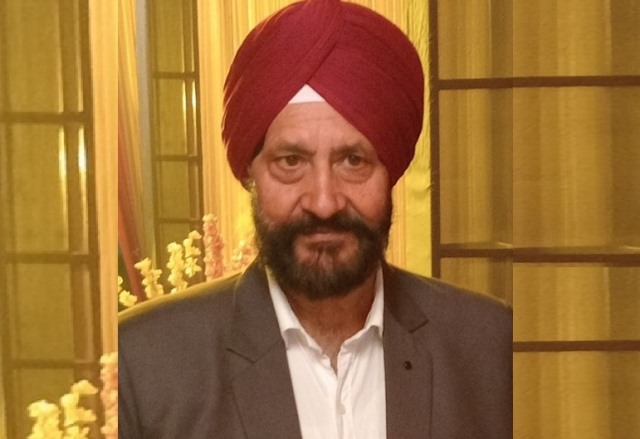Atul Singh Gaur, a civil engineer, says costly raw material is more often pilfered and replaced by low-grade bitumen to enhance profits or offset bribe costs. His views:
Every monsoon, we are witness to many state infrastructure projects unable to withstand the nature’s fury. Bridges wash away, roads cave in, airports roofs collapse… the list is endless. As a civil engineer who has been professionally involved in construction work at the ground level, allow me to point out where the real problem lies.
The biggest problem is the nexus between various levels of authorities (read babudom) and private contractors involved in any infrastructure project. Understand the process first: If a bridge is to be constructed, a tender is invited via media and public forums and the project is awarded to an accredited firm which meets all the standards for the projects. Although there are engineers in the government department who can monitor the work at every level, a new company/agency is engaged for monitoring and clearance of bills.
There are three levels involved in the project: The construction company, Government officers and the monitoring agency. This triggers a nexus between the babus concerned, monitoring agency and the builder on how to maximize their profits. Spoils are shared by cutting corners on raw material.
So, if 200 units of cement bags are necessary for constructing a bridge of a particular dimensions, and the builder uses only 50 bags, the bridge is bound to collapse within 10-15 days of its inauguration, something which happened in Bihar a couple of months back. The more cement one uses in the project, the life of the structure will increase propotionately. But the Government accountability presumably lies only with the timely completion of the project. After the collapse, an investigation will be ordered to satisfy the outcry and gradually it will be forgotten from public memory.
ALSO READ: ‘We Talk About Bullet Train But Can’t Handle A Spell of Rain’
Take another example. One of the main projects underway in Uttar Pradesh is ‘Har Ghar Jal’ mission and in one of the ongoing projects, the combined length of pipelines is 2700 km. We all know that the ground water level has dropped dangerously low. So, the submersible motor pumps would be laid at a depth of, suppose, more than 500 feet under. The objective to ensure tap in every house is a commendable mission and the head of the state himself is taking interest in it and monitoring it. But if you go down the line, from design to monitoring to implementation and the final execution, you will definitely widespread pilferage to fill in as many pockets as officials involved.
The rot and corruption in our public works system is so deep that it seems impossible to root out. However, there is still space for corrections and modification. I believe the government should scrap the traditional method of outsourcing its key projects.
For example, the UP State Bridge Corporation has an abundance of learned and experienced engineers. It thus makes little sense to award the designing part of a bridge to an outsider. A large number of engineers (JEs, AEs, ExEns, etc) are also employed in every public works department, then why hire a monitoring agency? The more number of checkpoints involved, more the number of palms for greasing. We know corruption has become a communicable disease in every state departments but political weel and honest effort can easily stem the rot.
For more details visit us: https://lokmarg.com/
As told to Rajat Rai


